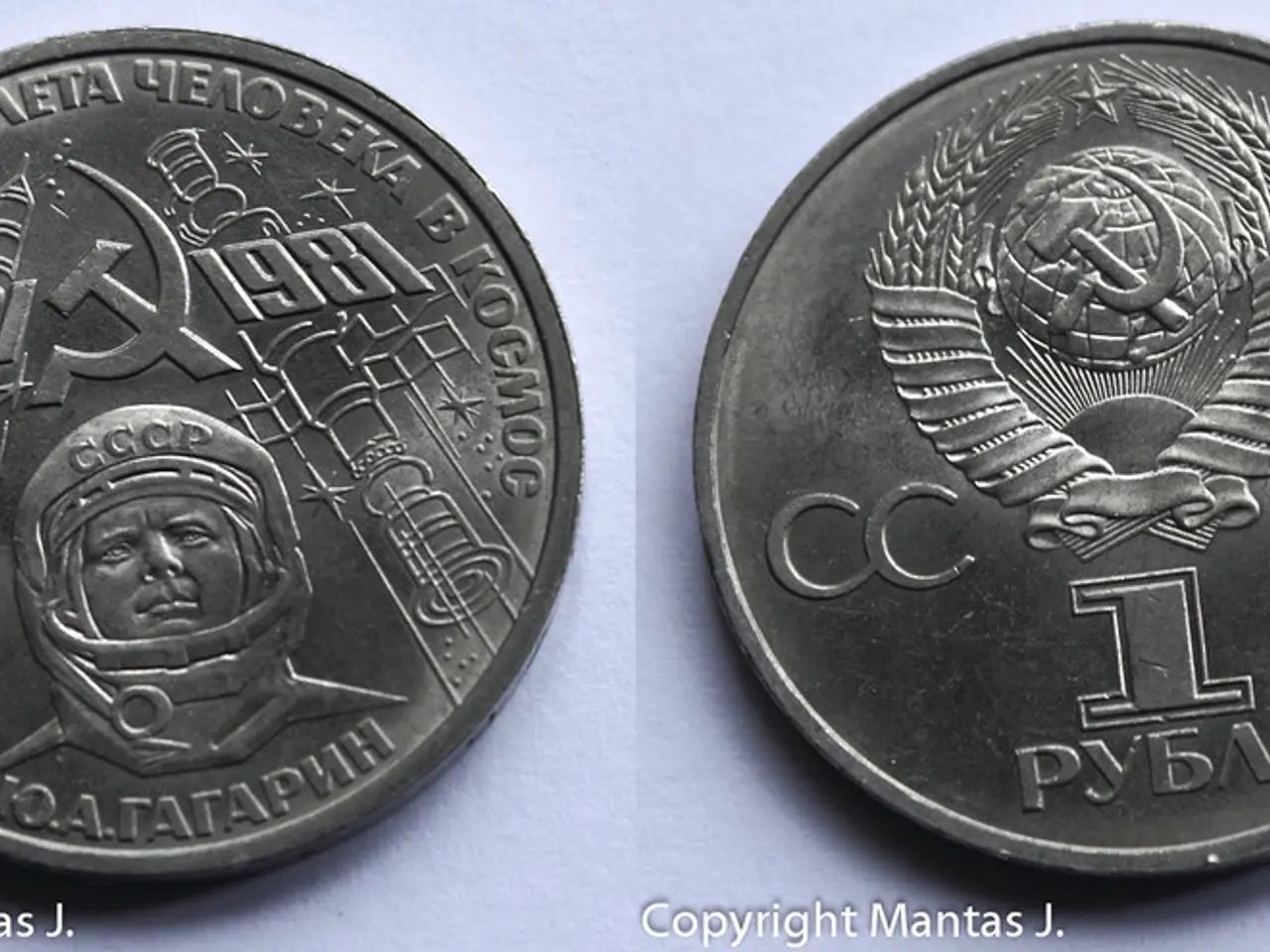Navigating Tumultuous Times: Capitalizing on Tokenized Secured Loans Marketplaces
In a time of unprecedented market volatility and policy uncertainty, investors are seeking alternative avenues, and tokenized assets are emerging as a promising option. Forward-thinking approaches towards tokenisation are taking root in small- to mid-sized economies such as El Salvador and Kazakhstan, where the influence of technologically obsolete intermediaries is less pronounced.
Small- to mid-sized governments and businesses are issuing tokenized securities, offering returns ranging from 8% to 15% and typically sub-five-year maturities. These digital assets are recorded on a blockchain, ensuring transparency and real-time verification of ownership, payment history, and asset performance.
The benefits of tokenization are manifold. Increased liquidity allows fixed income assets to be traded instantly and continuously, improving liquidity by enabling 24/7 trading without traditional intermediaries like transfer agents. This is particularly beneficial for illiquid assets, as it simplifies access and tradeability.
Tokenized assets can operate within a regulated framework with real-time proof of reserves and redemption capabilities, enhancing transparency and efficiency. Smart contracts automate processes, reducing operational risk and increasing trust in transaction records.
Tokenization can accelerate global integration by reducing geographic barriers to investment, making it easier for international investors to participate. It also democratizes investment opportunities by allowing fractional ownership, making these assets more accessible to a broader audience.
The composability of tokenized assets enables the creation of financial products that were previously impossible in traditional markets. Success in tokenization could pressure traditional exchanges to adopt extended trading hours, aligning with the 24/7 nature of digital markets.
However, regulatory clarity and infrastructure development are crucial for widespread adoption. Custody arrangements and fiduciary responsibilities remain significant challenges. As the market evolves, there is a need for more comprehensive regulatory frameworks to support the growth of tokenized assets.
Despite these challenges, tokenized assets bring traditional safe havens into the digital age through improved accessibility, efficiency, and transparency. In a time of confusion, tokenized fixed yield and fixed income assets offer clarity and accessibility to investors.
Meanwhile, gold prices have been rising over the past few weeks, adding another layer of complexity to the investment landscape. Regulators worldwide have adopted a progressive stance towards tokenisation, allowing for innovation in small- to mid-sized economies. The total market cap of tokenized US Treasuries was $5.12bn as at 1 April 2025 and $6.59bn as at 06 May 2025, representing a 29% increase.
In conclusion, tokenized assets offer a promising alternative for investors seeking to navigate the current market conditions characterized by policy uncertainty and market volatility. With their potential to increase liquidity, efficiency, transparency, global integration, and financial inclusion, while reducing costs and risks, it's no wonder that innovative governments and companies are embracing this technology. As the market matures and regulatory frameworks evolve, we can expect to see tokenized assets becoming an increasingly significant part of the financial landscape.
Institutional investors are increasingly investing in tokenized assets, attracted by the potential for higher returns and sub-five-year maturities, as the digital assets are traded on blockchain for increased transparency and real-time verification. The technology underlying tokenization, including smart contracts, could pressure traditional finance to adopt extended trading hours, aligning with the 24/7 nature of digital markets. Furthermore, the composability of tokenized assets enables the creation of financial products previously impossible in traditional markets, demonstrating the promise of this technology.




